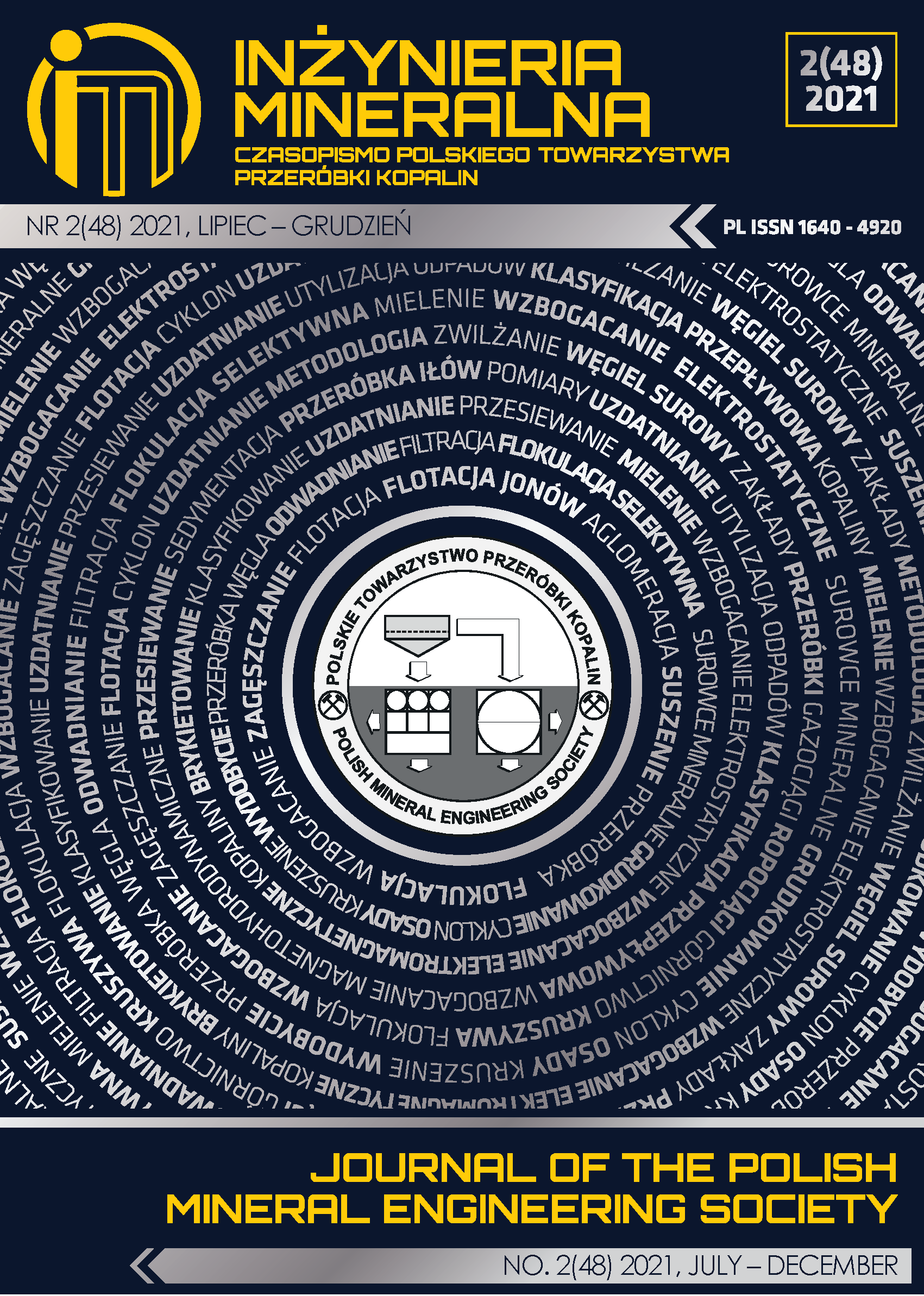Exploring the Relation between Seismic Coefficient and Rock Properties Through Field Measurements and Empirical Model for Evaluating the Effect of Blast-Induced Ground Vibration in Open- Pit Mines: A Case Study at the Thuong Tan III Quarry (Vietnam)
Abstract
Blasting is one of the most effective methods for fragmenting rock in quarries. Nevertheless, its
adverse effects are significant, especially blast-induced ground vibration. Field measurement and
empirical equations are simple methods to determine and estimate the intensity of blast-induced ground
vibration. However, we cannot evaluate the effects of blast-induced ground vibration on the surrounding
environment based on these outcomes. Therefore, this study explores the relation between seismic
coefficient and rock properties through field measurements and an empirical model for evaluating the
effect of blast-induced ground vibration in open-pit mines. Accordingly, the seismic coefficient (K) is
considered the main objective in this study. Firstly, it was determined based on the rock properties.
Subsequently, an empirical model for estimating blast-induced ground vibration was developed based on
field measurements. This empirical equation was then expanded to determine K to check whether it
matches the determined K by the rock properties. Finally, it was used as the threshold to determine the
maximum explosive charged per delay to ensure the safety of the surrounding environment from blastinduced
ground vibration. For this aim, the Thuong Tan III quarry (in Binh Duong province, Vietnam)
was selected as a case study. Fifth-teen blasting events with a total of 75 blast-induced ground vibration
values were recorded and collected. An empirical equation for estimating blast-induced ground vibration
was then developed based on the collected dataset, and K was determined in the range of 539 to 713 for
the Thuong Tan III quarry. Based on the measured blast-induced ground vibrations, developed empirical
model, and K values, the Phase 2 software was applied to simulate the effects of blast-induced ground
vibration on the stability of slopes as one of the impacts on the surrounding environment. From the
simulation results, we can determine the maximum explosive charged per delay for each type of rock to
ensure the stability of the slope.
Copyright (c) 2021 Quang Hieu TRAN

This work is licensed under a Creative Commons Attribution-ShareAlike 4.0 International License.
This journal permits and encourages authors to post items submitted to the journal on personal websites or institutional repositories both prior to and after publication, while providing bibliographic details that credit, if applicable, its publication in this journal.







.png)
